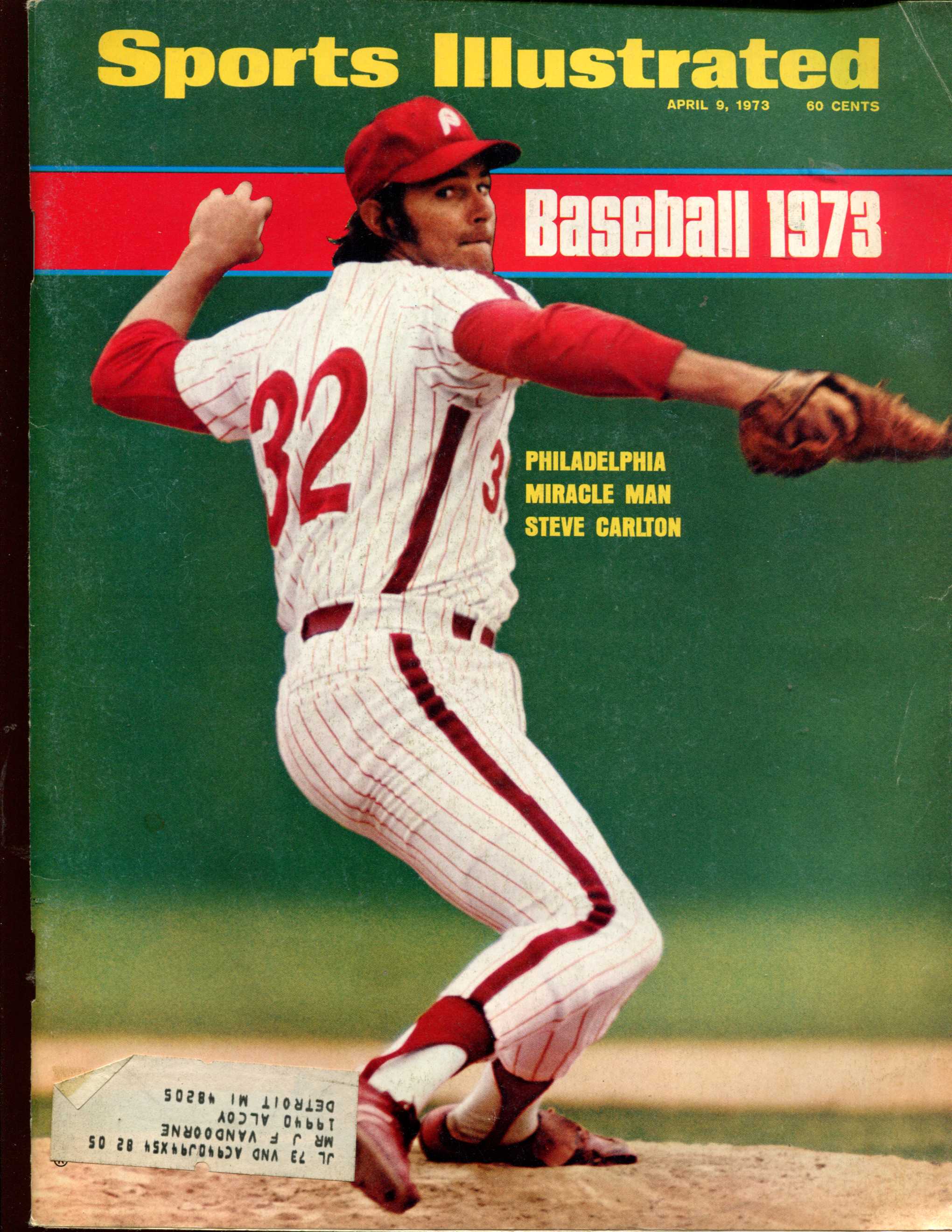Below are short bits & pieces on sportscard & baseball trading card collecting.
Please wander around the website for more info, prices, values & images
on vintage baseball, football, basketball, hockey, sport and non-sports cards.

1934,1935,1936 Diamond Matchbooks
During much of the Great Depression, matchbook collecting swept the country !
Sports matchbooks started appearing in the 1930s, most issued by Diamond Match Company
of New York. Over the next few years, several series were issued with
similar designs; b/w photo of the player on front with short write-up
and stats on back. The player's name and team was also printed on the 'saddle'.
Please consider the following info as approximate.
1934's first baseball release featured 200 players, in 4 different background
colors (red,blue,green and orange) for a total of 800 different covers.
The set features plenty of Hall-of-Fame greats like Dizzy Dean and Mel Ott.
1935's issue was tiny with only 24 total covers (8 red,8 blue,8 green).
A third series was later released with 200 or more different covers (players/colors).
1930's matchbook covers appear to be huge bargains for collectors as their current values
are fractions of the value of Goudey and other baseball cards from the same era.
Click for complete
1935-1936 Diamond Matchbook Checklist and Prices
Note: You may be on that page right now.
|

Autographed Gateway Cachets

Gateway Stamp Company has provided collectors over 1 MILLION
authenticated certified autographs over the last 30+ years.
Though a "stamp company", Gateway went down a new creative road
combining art, color photographs, historical events & autographs
with their full-color silk cachet envelopes.
WHAT IS A SILK CACHET ?
A "cachet" is a design on an envelope marking an event.
"Silk" refers to the delicate material the art and photography are
printed on after which it's signed by the player and then post-marked by
the Post Office IN THE EVENT'S CITY !!!
WHY POSTMARKS?
A postmark is a great way to mark historical events and the rules
governing postmarks GUARANTEES that NO Gateway issue can EVER be
re-issued protecting their value !!!
Note: You may be on that page right now.
|

1974 Topps DECKLE EDGE
Checklist & Values

This scarce 72-card test issue set was released with very limited
East Coast distribution making them quite scarce.

Officially simply called "Topps Baseball Photos", their serrated or "DECKLED"
edge gave them the name they go by today.
The 2 7/8" x 5" inch cards were sold in 2 card packs with gum or 3 card
packs without for 5 cents.
Click to enlarge Complete Proof Sheet on left
Fronts are similar to b&w Exhibit Postcards from the 50's
with photos and facsimile autographs.
The backs make this very scarce test issue more interesting !
They feature handwritten script of player's name, team, position & date
and location of the photograph as well as a mock newspaper article.
This was Topps 2nd "Deckle Edge" issue, their first being the smaller
and more common 1969 Topps Deckle Edge inserts in 1969 Topps packs.
 Variations of 1974 Topps Deckle Edge exist,
making this issue more fun and challenging to collect.
Backs can be found in gray or a much scarcer white.
Also, more limited proof versions with non-scalloped edges exist and
can be found with and without card numbers.
Variations of 1974 Topps Deckle Edge exist,
making this issue more fun and challenging to collect.
Backs can be found in gray or a much scarcer white.
Also, more limited proof versions with non-scalloped edges exist and
can be found with and without card numbers.
Click for complete
1969 Topps Deckle Edge checklist and prices
Click for complete
1974 Topps Deckle Edge checklist and prices
Note: You may be on that page right now.
|

Tobacco Cards
Starting approximately in 1886, sportscards, mostly baseball cards, were often
included with tobacco products, for promotional purposes and also because the
card reinforced the packaging and protected cigarettes from damage. These sports
cards are referred to as tobacco cards in the baseball card hobby. Over the next
few years many different companies produced baseball cards. Tobacco cards soon
started to disappear as the American Tobacco Company tried to develop a monopoly
by buying out other companies.
They were reintroduced in the 1900s, as American Tobacco came under pressure from
antitrust action and Turkish competition. The most famous and most expensive,
baseball card is the rare T206 Honus Wagner. The card exists in very limited
quantities compared to others of its type because Wagner forced the card to be
removed from printing. It is widely (and incorrectly) believed that Wagner did
so because he refused to promote tobacco, but the true explanation lies in a
dispute over compensation.
Soon other companies also began producing baseball and football cards. Sports magazines
such as The Sporting News were early entries to the market. Candy manufacturers
soon joined the fray and reflected a shift toward a younger target audience for cards.
Caramel companies were particularly active and baseball cards were one of the first
prizes to be included in Cracker Jacks. World War I soon suppressed baseball card
production.
© 1995-2019 "InterNet's Baseball Card Store" / Joseph Juhasz ... All Rights Reserved
|








